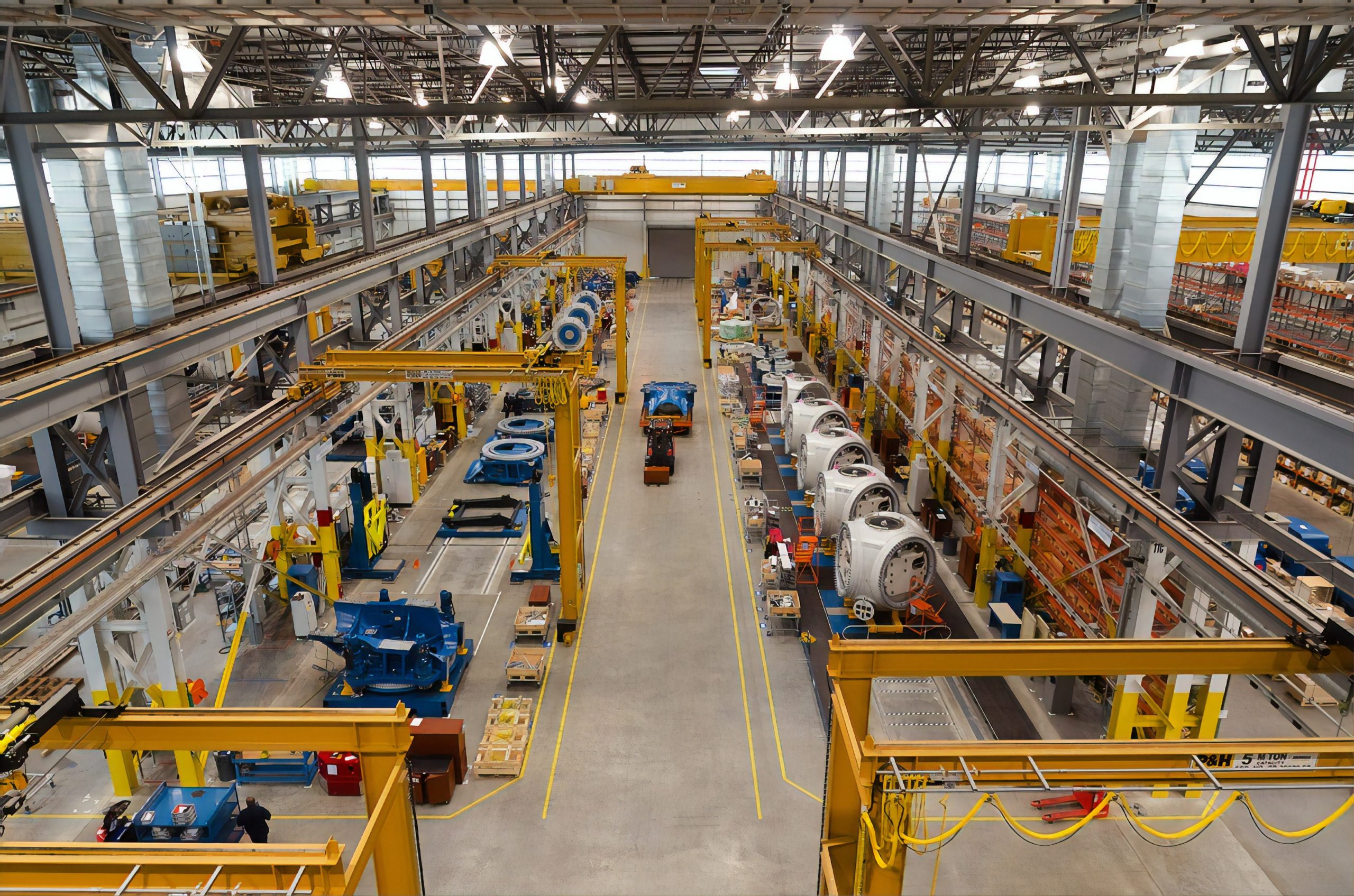
Ensuring Manufacturing USA Reaches Its Potential
Summary
President Biden made advanced manufacturing a major policy priority during his campaign, including calling for a significant expansion of manufacturing programs to reach 50 communities through new manufacturing-technology hubs. Expanded manufacturing programs will invest in our nation’s long-term competitive innovation capacity. However, building these programs successfully requires a thoughtful and practical implementation plan. This memo presents two categories of recommendations to improve the U.S. advanced-manufacturing ecosystem:
1. Improve the existing Manufacturing USA institutes. Some new institutes are needed, but the Administration should concentrate first on strengthening support for the 16 existing Manufacturing USA Institutes, renewing the terms of institutes that are performing well, and expanding the reach of those institutes by launching more workforce-development programs, regional technology demonstration centers, initiatives to engage small- and mid-sized manufacturers and build regional manufacturing ecosystems.
2. Implement a multi-part strategy for collaboration among the Institutes: First, the Administration should create a “network function” across the Manufacturing USA Institutes because firms will need to adopt packages of manufacturing technologies not just one at a time. This could be supported by the National Institute of Standards and Technology (NIST) and would combine the advances of different Institutes and package them to be integrated and interoperable for easy adoption by firms. Second, a NIST-led traded-sector-analysis unit should be created to evaluate the manufacturing progress of other nations and inform Institute priorities. Third, the Administration should provide research and development (R&D) agencies with resources to build manufacturing-related R&D feeder systems (e.g., an expanded pipeline of manufacturing technologies) that aligns with Institute needs. Fourth, the administration should establish an Advanced Manufacturing Office within the White House National Economic Council to coordinate and champion all of the above, as well as numerous other manufacturing programs.
If FESI is going to continue to receive Congressional appropriations through DOE, it should be structured from the start in a way that allows it to be as effective as possible while it receives both taxpayer dollars and private support.
As a Group Leader of the Catalysis Science Program and Polymer Group at Argonne National Laboratory, Dr. Delferro’s work could help take plastic out of landfills and put them to good use elsewhere.
On today’s two-year anniversary of the IRA, FAS is highlighting policy proposals that build on the IRA’s successes to date and suggest opportunities for continued impact.
The establishment of the Foundation for Energy Security and Innovation (FESI) was a vital first step, but its value depends on what happens next.